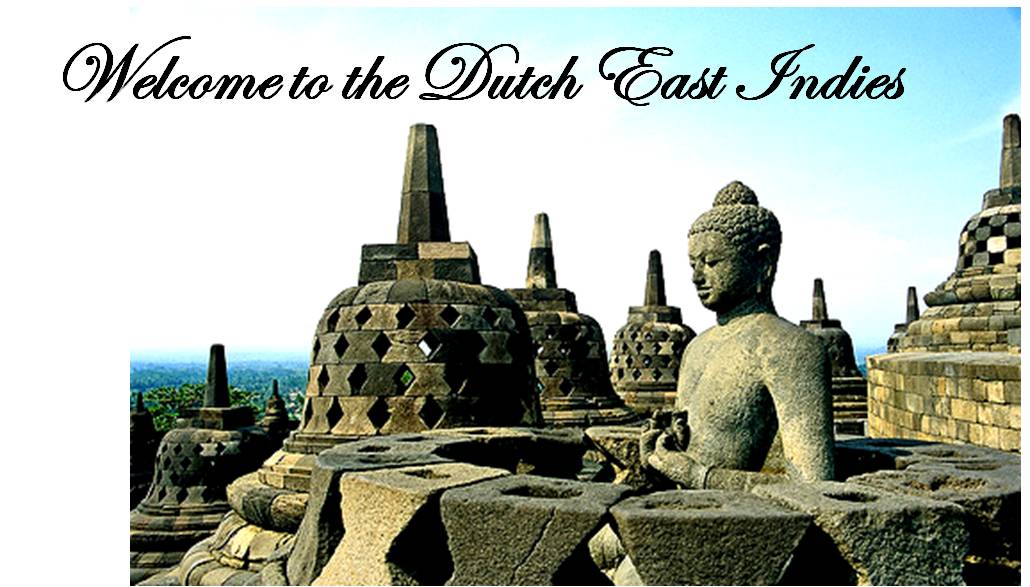Although much has changed in Dutch East Indies after the Dutch colonization, not all is lost! A few characteristic attributes of Dutch East Indies remain, preserving the Dutch East Indies tradition. Some examples are Batik and Wayang Kulit.
Batik


Batik is a technique used to dye cloth with wax manually, using vibrant colours and unique patterns. It originates from Dutch East Indies. A wide variety of batik cloths is available here, and some may fetch up to thousands of dollars, depending on the quality of the cloth and art work. Different patterns on the cloth people wear represent their different social statuses. Traditionally, thicker stripes represent higher ranks. This is used to differentiate the ranks of the people in Dutch East Indies. There are many patterns and designs involved in batik, and regions in Dutch East Indies each have their unique batik patterns. With the Dutch colonization, new innovations and prints were introduced, but the idea of batik still stuck. Up till today, Dutch East Indies still preserves its batik heritage, and you can easily purchase beautiful and authentic batik cloths from here at the Dutch East Indies.
Wayang Kulit
Wayang Kulit is a Dutch East Indies traditional shadow puppet drama based on wayang stories, and it is the best known of the Dutch East Indies wayang(traditional theatre). Puppets are made from buffalo hide and attached to bamboo sticks. They are then held up behind a sheet of white cloth, and their shadows are cast onto it. The narrator is called the Dalang - he tells the story while the puppets act it out. The wayang kulit is a unique combination of ritual, lesson and entertainment. It has managed to survive through the Dutch colonization, and there are even plays dramatizing the revolutionary struggle against the Dutch. It exists even till today, so do visit Dutch East Indies to watch a skilful puppeteer in action!
Education
You might also be surprised to note that the Dutch government promoted schools to teach in Malay and Javanese, in hope to sustain the native cultures and to slow the spread of western ideas (which may pose a threat to the Dutch).
Education
You might also be surprised to note that the Dutch government promoted schools to teach in Malay and Javanese, in hope to sustain the native cultures and to slow the spread of western ideas (which may pose a threat to the Dutch).








